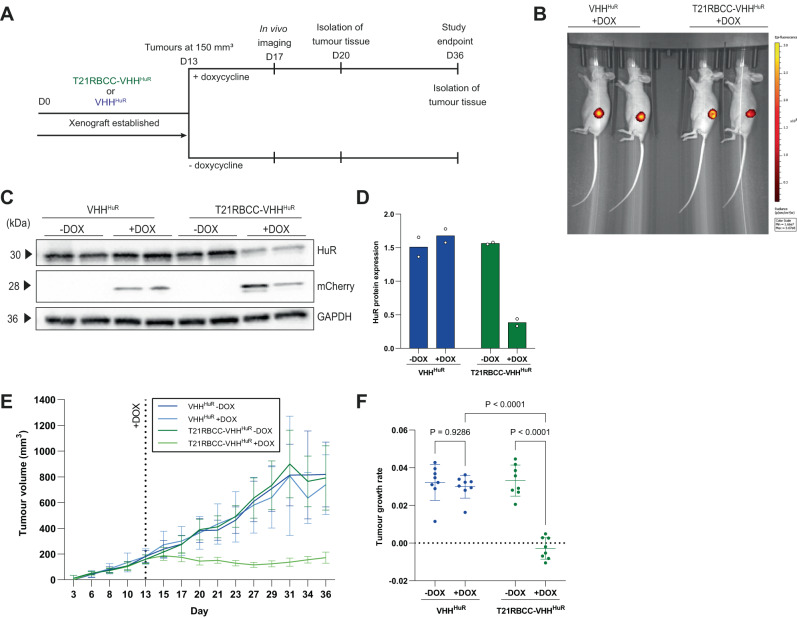Fig. 4. T21RBCC-VHHHuR arrests tumour growth in vivo.
A Schematic of experimental design for evaluating doxycycline-inducible T21RBCC-VHHHuR and VHHHuR xenograft models. HCT116-ODIn T21RBCC-VHHHuR and VHHHuR cell lines were engrafted in mice at day 0 and left to establish until day 13 (average tumour size 150 mm3) when tumour-bearing mice were size-matched and randomly assigned into experimental groups and switched to a doxycycline diet. On day 17, mice on the doxycycline diet underwent in vivo imaging for mCherry expression and at day 20, two mice from each group were culled for isolation of tumour tissue. B In vivo imaging of tumoral mCherry in mice implanted with either the VHHHuR or T21RBCC-VHHHuR cell line at 4 days post doxycycline induction. C, D Representative immunoblot and associated densitometry of VHHHuR or T21RBCC-VHHHuR xenograft lysates (−/+ doxycycline). Graphs of tumour volumes (mm3) from days 3–36 (E) and tumour growth rate analyses from days 15–36 (F) for xenograft models of VHHHuR and T21RBCC-VHHHuR (−/+ doxycycline). Blots shown in (C) are representative from n = 2 biologically independent samples per group. Data in (E) shows the mean and SD from n = 8 independent animals per group. Data in (D) show the individual data points and mean, or (F) mean and standard deviation from n = 2 and n = 8 biologically independent samples per group, respectively. Statistical significance was calculated using a two-way ANOVA and post-hoc test. Source data are provided as a Source Data file.

